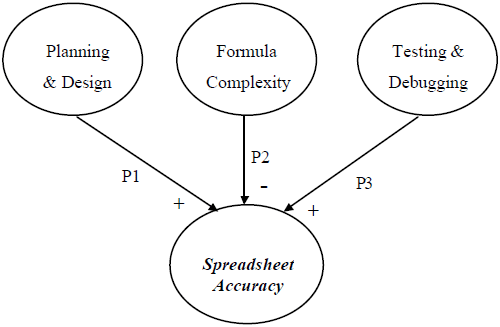Authors
Susan E. Kruck & Steven D. Sheetz
Abstract
Electronic spreadsheets have made a major contribution to financial analysis and problem solving processes. Decisions made using these tools often involve substantive consequences for the organizations.
However, academic literature reveals that experienced professionals and students make many errors when developing spreadsheets. Practitioners recognize the importance of accuracy and have published many techniques they use for improving the accuracy of their spreadsheets.
Systematic evaluation of this literature provides a basis for understanding practitioners' perceptions of how and why errors occur in spreadsheets and is also valuable source from which to identify a theory of spreadsheet accuracy and capture the knowledge of experienced spreadsheet developers.
The analysis of this literature suggests three categories of issues spreadsheet developers must address to create more accurate spreadsheets including:
- Planning and design.
- Formula complexity.
- Testing/debugging.
Spreadsheet accuracy theory explains and predicts how changes in development processes can be expected to impact spreadsheet accuracy.
Sample

The spreadsheet accuracy theory's constructs and propositions are presented graphically in this figure.
The design/planning and testing/debugging constructs have positive relationships with the spreadsheet accuracy construct, while the formula complexity construct has an inverse relationship with spreadsheet accuracy.
Publication
2001, Journal of Information Systems Education, Volume 12, Number 2, pages 93-106
